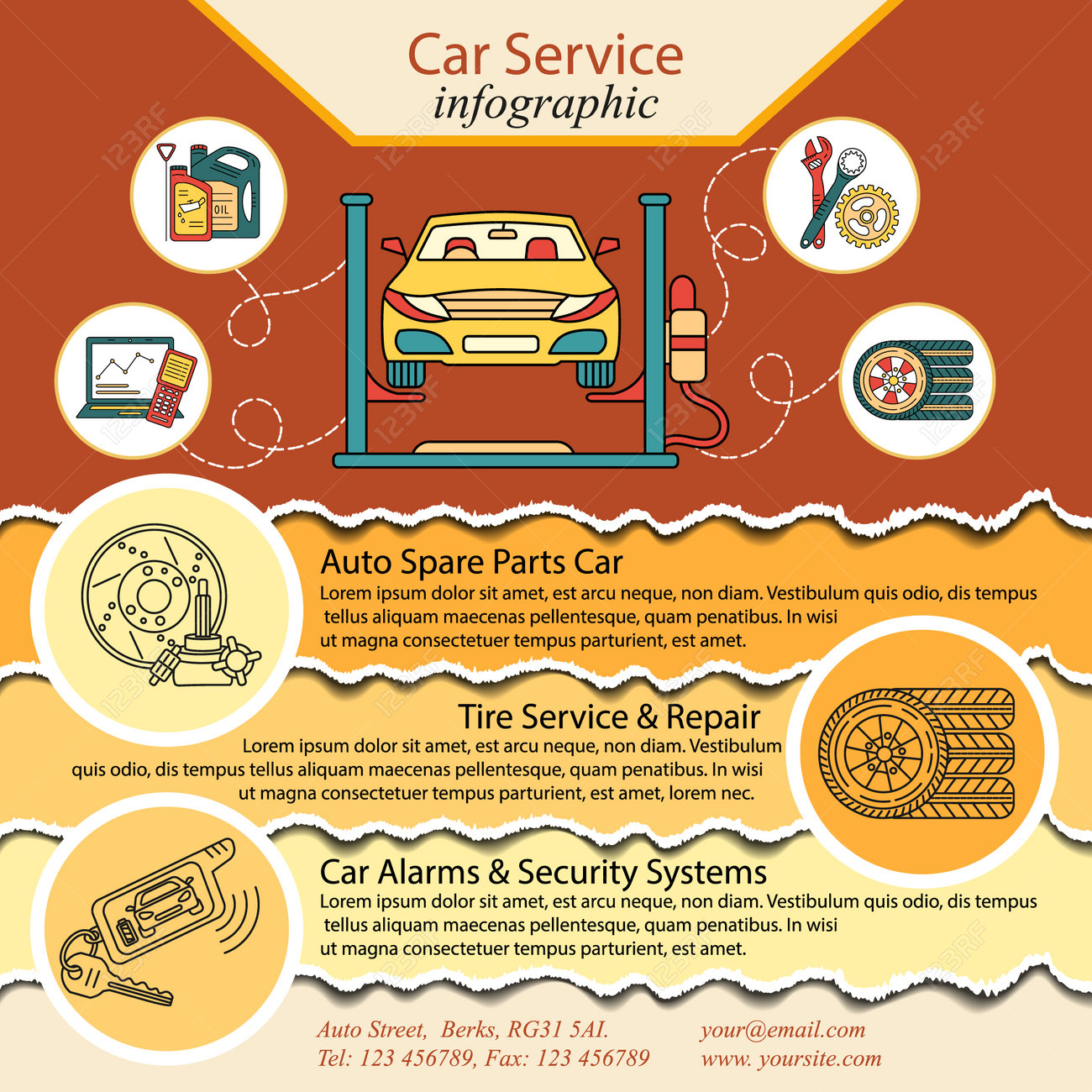When you're behind the wheel, those beautiful warning lights on your dashboard can be a little bit complicated. Do you understand what they're attempting to tell you regarding your automobile's wellness? Recognizing the significance of these lights is important for your safety and security and the longevity of your lorry. So, the following time one of those lights turns up, wouldn't you want to analyze its message properly and take the required actions to address it?
Common Caution Lighting and Interpretations
Recognize usual warning lights in your vehicle and comprehend their definitions to guarantee risk-free driving.
The most normal caution lights include the check engine light, which signals concerns with the engine or discharges system. If this light begins, it's vital to have your automobile checked quickly.
The oil pressure alerting light suggests reduced oil pressure, calling for immediate focus to avoid engine damages.
A blinking battery light may suggest a damaged billing system, possibly leaving you stranded otherwise addressed.
The tire stress surveillance system (TPMS) light alerts you to low tire stress, affecting automobile security and fuel efficiency. Overlooking this could lead to hazardous driving problems.
The abdominal light shows an issue with the anti-lock braking system, jeopardizing your capacity to quit promptly in emergencies.
Last but not least, the coolant temperature level advising light warns of engine overheating, which can lead to severe damage otherwise solved quickly.
Comprehending these usual warning lights will assist you deal with issues immediately and keep risk-free driving problems.
Significance of Prompt Focus
Recognizing the common warning lights in your car is just the primary step; the importance of immediately addressing these warnings can't be highlighted sufficient to ensure your security when traveling.
When a caution light illuminates on your dashboard, it's your vehicle's means of communicating a possible issue that needs interest. Overlooking https://ecutuning18395.tokka-blog.com/32343533/discover-just-how-environmentally-friendly-auto-describing-items-can-raise-your-car-s-sparkle-while-securing-the-world-discover-the-lasting-alternatives-waiting-for-you can lead to more severe problems later on, jeopardizing your safety and possibly costing you much more out of commission.
Prompt interest to cautioning lights can prevent malfunctions and mishaps. For instance, a flashing check engine light could indicate a misfire that, if left neglected, could cause damage to the catalytic converter. Addressing this promptly can conserve you from a pricey repair service.
In a similar way, a brake system warning light might signify reduced brake liquid or used brake pads, critical parts for your security when driving.
DIY Troubleshooting Tips
If you notice a warning light on your dashboard, there are a few DIY fixing ideas you can try before looking for specialist assistance.
The very first step is to consult your cars and truck's guidebook to understand what the particular warning light suggests. Occasionally the issue can be as easy as a loosened gas cap triggering the check engine light. Tightening up click the up coming article may settle the issue.
Another typical concern is a reduced battery, which can set off different advising lights. Inspecting the battery links for rust and ensuring they're safe might repair the problem.
If a warning light continues, you can try resetting it by separating the cars and truck's battery for a few minutes and after that reconnecting it. Additionally, examining your vehicle's liquid degrees, such as oil, coolant, and brake liquid, can help troubleshoot cautioning lights related to these systems.
Verdict
Finally, comprehending your vehicle's caution lights is vital for keeping your car running efficiently and safely. By promptly attending to automotive detailing and understanding what they mean, you can stay clear of pricey fixings and possible breakdowns.
Bear in mind to consult your auto's handbook for specific details on each advising light and do something about it as necessary to ensure a trouble-free driving experience.
Keep informed, remain safe on the road!
